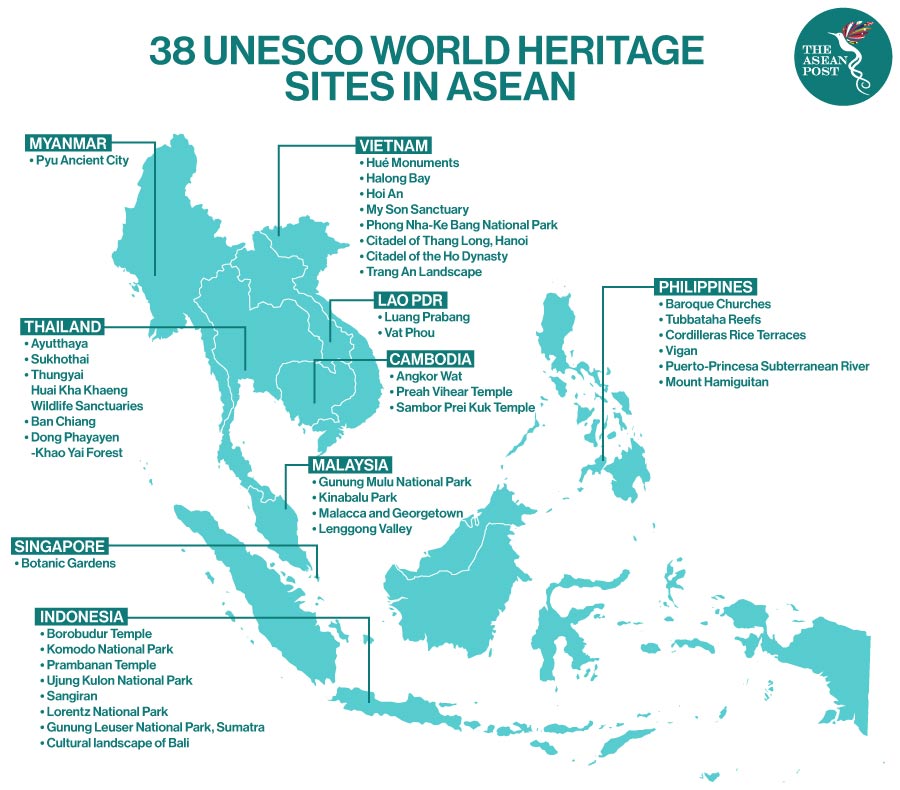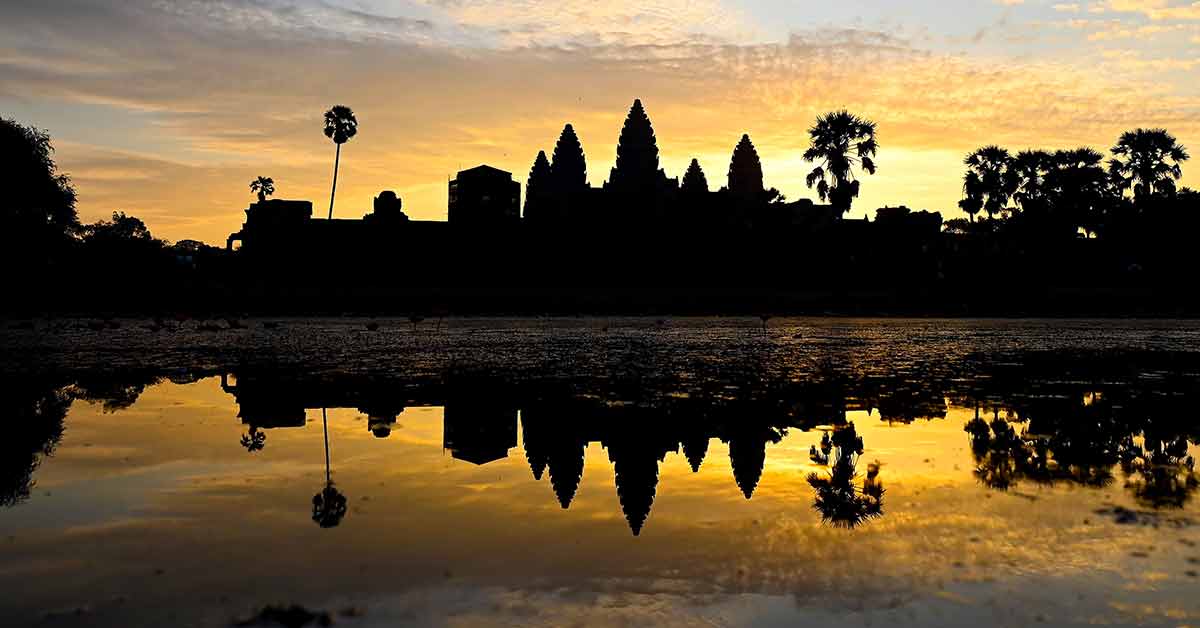The United Nations Educational, Scientific and Cultural Organisation (UNESCO) has gazetted 38 heritage sites in Southeast Asia under its list of World Heritage Sites (WHS) for their unique cultural values, historical background and otherworldly landscapes. The list includes temples, historic ruins, terraced rice fields and tropical rainforests, all of which are capable of attracting millions of visitors from around the globe.
Popular sites include Thailand’s historic city of Ayutthaya, the large compounds of the Prambanan Temple in Indonesia and Malaysia’s Kinabalu Park. The legacies that are grounded on varied cultural diversity and geographical features are shared among the peoples of the region, while serving as reminders of their ancestral past.
The promotion of cultural heritage and ethnic traditions drive the region’s tourism development, which is an integral part of the economic policies across ASEAN. Tourists to the region want to experience the diverse cultural and religious heritage, ethnic traditions and colonial architecture.
By 2027, the WHS are forecasted to contribute US$563 billion to ASEAN’s gross domestic product (GDP), with an annual growth of 5.7 percent. As a result, the travel and tourism sector in the region will play a vital role in helping individual ASEAN member states grow by creating jobs and enabling integrated regional development.
ASEAN member states, particularly Indonesia, Vietnam, the Philippines and Thailand have taken big steps towards obtaining WHS status for their heritage sites. Collectively, these four countries hold 27 out of the 38 WHS in Southeast Asia on UNESCO’s list.

Pandemic
The COVID-19 pandemic has severely affected livelihoods, local industries and the economy in general. The tourism industry was one of the hardest hit sectors amid the outbreak. Preventive measures against the virus such as citywide lockdowns, travel curbs and restricted movements have resulted to the closure of businesses, landmarks, entertainment parks and also the natural and cultural WHS.
“At this moment, 89 percent of all World Heritage properties are totally or partially closed. Museums and other cultural institutions are losing millions in revenue each day. Artists all around the world are unable to make ends meet. UNESCO is mobilising the international community to increase access to culture and heritage online, to support the resilience of artists and to bring governments together to find policy solutions,” said Ernesto Ottone, Assistant Director-General for Culture at UNESCO.
It was reported that the famous Angkor Wat in Cambodia remains open, but the absence of visitors from abroad is striking during the pandemic which has halted international tourism altogether. “Families who depend on the jobs in and around the Angkor Wat site are now facing severe difficulties, with a decrease of more than 250.000 expected foreign tourists per month – just at that one site. Over 75 percent of the tourism sector’s companies are currently not operating,” said Moninita Un, a Cambodian archaeologist and director of Heritage Watch Cambodia, a not-for-profit organisation dedicated to preserving tangible and intangible cultural heritage.
As guides and security personnel are ensuring protection over cultural heritage sites, marine park rangers too continue patrolling natural heritage sites such as the Thubbataha Reefs in the Philippines. Their contribution is crucial to ensure the protection of wildlife in the coral triangle. Nevertheless, their job has become more challenging during the coronavirus crisis with sources of revenue being cut off. It was reported that some countries have seen an increase in poaching and illegal wildlife trafficking during the pandemic.
Responsibility To Preserve
ASEAN holds a collective responsibility to preserve and maintain these gazetted heritage sites as they are a source for tourism revenue in the region. Climate change is also exacerbating the vulnerability of WHS to many existing risks. Some threats that these sites face include sudden ecological events, pollution and rapid development. Cultural tourism fosters appreciation and understanding of the region’s history, and it is therefore imperative for governments and parties to conserve and preserve the WHS of their respective countries while promoting them to visitors.
Pop culture and Hollywood movies have made some WHS famous which have ramped up the number of tourists over the years. For example, the 2001 fantasy thriller “Lara Croft: Tomb Raider” featured the Ta Prohm temple ruins in Angkor Wat – the capital city of the ancient Khmer empire in Cambodia and the largest religious monument in the world. And similarly, the 2017 film, “Kong Skull Island”, was shot on the banks of Ha Long Bay, in Vietnam, after which there was an increase of nearly seven million tourists who visited the UNESCO site. Each day, hundreds of ships ply the bay, discharging human waste into the sea and fouling the ecosystem. If left unmanaged, the damage inflicted to the site will be irreversible.
Related Articles:
